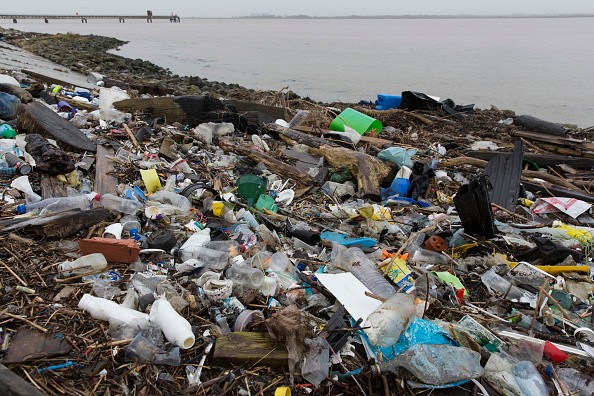Researchers took the initiative to gather thousands of marine microorganism samples to understand ocean plankton and pollution.
Water pollution and plastic pollution have been pressing concerns in the ocean.
Environmentalists have been urging to reduce the use of plastic as it has the worst impact on the marine ecosystem, noting that pollution could kill aquatic animals.
According to the National Geographic, plastic production could double by 2050.
Records showed that water production increased from 2.3 million tons in 1950 to a whopping 448 million tons by 2015.
What is alarming is how plastics manage to enter oceans. Records show that about 8 million tons of plastics go to the sea yearly.
The problems with plastics require a holistic approach from the national governments by committing to reduce plastic dependence.
Researchers noted the harmful effects on communities, animals, and the environment.
Thw National Geographic further added that microplastics are present in over 100 aquatic species. Plastics have affected the animal kingdom, especially marine animals.
Scientists and environmentalists have been urging governments to implement programs to curb plastic pollution issues.
Many researchers have presented eco-friendly plastics that can dissolve in the ocean and many initiatives to combat the worsening problem of plastic pollution.
Microbiome mission

As a result, researchers traveled for a two-year microbiome mission to collect samples of microorganisms better to unlock pollution problems and ocean plankton's contribution.
According to an article published in Phys.Org, researchers embarked on a journey: from China to Africa, passing Amazon and the Antarctic.
The two-year microbiome mission resulted in 25,000 samples being collected.
Tara Ocean Foundation and director Romain Trouble explained that the collected samples and data would be analyzed to find the potential of addressing pollution and climate change, noting the mission tried to trace the presence of plastic pollution at river mouths.
According to the article, part of the researcher's initiative is to test a theory showing that deforestation and the potential spread of agriculture helped to increase nitrate.
Ultimately, the researchers noted that the microorganism is the invisible people of the sea, which could account for two-thirds of marine biomass.
Trouble said how marine viruses, microalgae, and bacteria be able to produce oxygen.
Based on the article, the research team looked into the impact on the River amazon's ocean. Tara is set to research chemical pollution on the European coasts next spring.
Plastic is said to be made from biodegradable material in seawater. In previous reports, a study developed biodegradable materials to address plastic pollution. The study could replace plastics worldwide.
Ocean plankton
According to the National Ocean Service, planktons are also called marine drifters, and tides and currents carry them in different parts of the ocean.
Planktons play a significant contribution to the ocean and marine ecosystem.
The National Geographic noted that planktons are important in maintaining the balance and health of oceans.
The National Ocean Service also explained that planktons are also sensitive to environmental changes due to climate change.
The environmental problem of plastics has been a major concern for many concerns.
Related Article : Sea-Level May Rise to 2 Meters By 2100, Feared Critical to Existing Infrastructures in Asia Pacific Regions
For more similar, don't forget to follow Nature World News.
© 2025 NatureWorldNews.com All rights reserved. Do not reproduce without permission.





